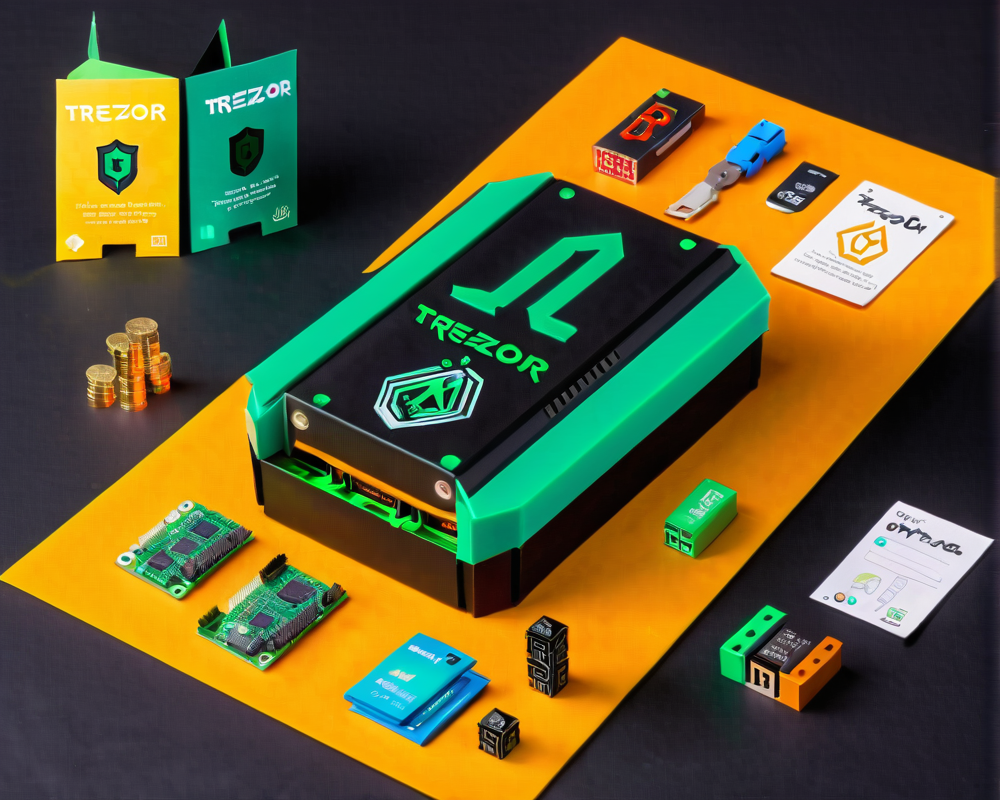The Rise of DIY Hardware Wallets
In the ever-evolving world of cryptocurrency, hardware wallets serve as the guardians of your digital assets. But what if you want to go from consumer to creator? Enter DIY hardware wallets—where you can harness the power of open-source design to craft your very own secure vault. Yes, that’s right! With the right skills, a sprinkle of ambition, and a dash of courage, you too can build a wallet that even Fort Knox might envy.
Florin Cocos and the Creation of a DIY Trezor
Florin Cocos, an electronics design manager from Romania, took the plunge back in 2018. He crafted his own Trezor wallet, complete with all the bells and whistles of the original—without ever touching a commercially available device. Cocos showcased his heart and soul (and an impressive load of components) in a video on his YouTube channel, Voltlog. Think of it as cooking a gourmet meal using only the freshest ingredients from a local farmers’ market.
The Ingredients: Parts and Components
Now, don’t worry. You won’t need a master’s degree in electronics to get started, but you will need some essential parts. Cocos ordered a microcontroller and printed circuit board (PCB) from reputable distributors such as Farnell. As he put it, “The parts can be purchased from any reputable distributor,” a crowded market where picking the right components is akin to choosing the best avocado in the store.
Time is Money… And Patience!
If you think this will be a quick DIY project, think again! Cocos estimated his entire Trezor assembly took around 10 hours. Yes, folks, it’s not just a Saturday afternoon craft project! The breakdown looked like this:
- 2-3 hours to evaluate and generate necessary files for the PCB
- 5 hours to assemble the components and flash the firmware
- And a few hours of pure anticipation while waiting for parts to arrive!
How Hard Could It Be?
So, is building a DIY Trezor a walk in the park? Not quite! Cocos humorously suggested that for an average user, the challenge ranks a solid 10 on the difficulty scale. He highlighted that without any prior electronic knowledge, users might just end up with a fancy paperweight. “Things could be improved… but it comes with significant security risks,” he admitted. It’s like trying to bake a soufflé without knowing what a soufflé is!
The Importance of Knowledge and Experience
You don’t need to be a wizard in electronics to succeed, but a bit of experience will certainly help. With just a year or two of tinkering, a moderately skilled individual could increase their chances of creating a successful device. Cocos warns against diving in unprepared; otherwise, the result might just be “the magic smoke escaping,” or, worse, a device that does nothing but sit there looking pretty.
A Fierce Warning
Before you rush off to buy components, heed this advice from seasoned professionals: it’s vital to purchase hardware wallets only from official vendors. The open-source nature is fantastic for those brave enough to venture in, but beware; counterfeit hardware wallets have lured many unsuspecting victims. When in doubt, stick to the map laid out by the manufacturers and tread carefully!




